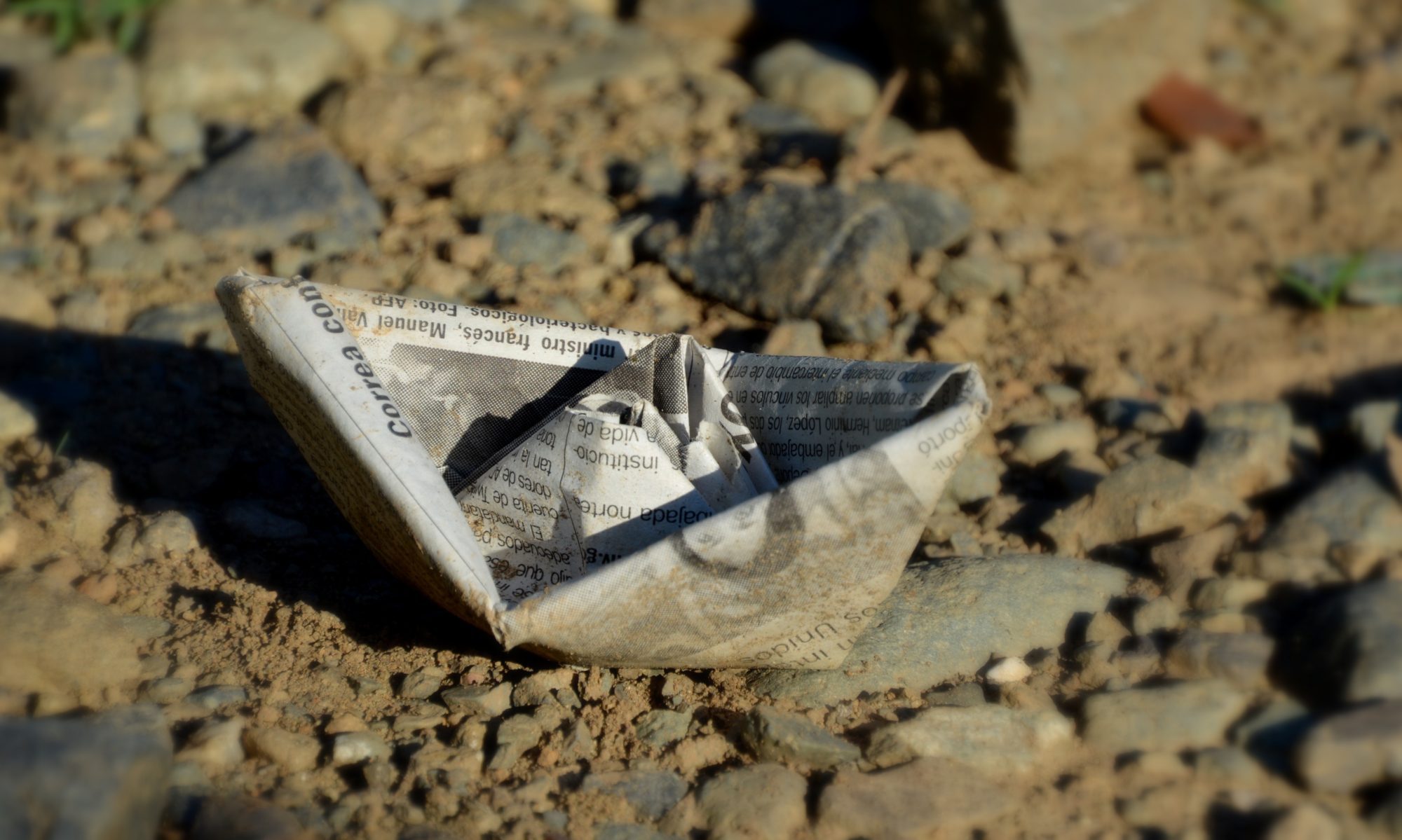The Wool Trade. –The whole of the London public sales of Colonial and other woold having now been gone through, the wool trade is in a more settled state, and transactions by private contract are conducted on a more extensive scale. The total amount of the late sales, the last of which took place on Tuesday, was 4,000 bales, and the colonial wools were taken by the manufactures at the extreme advance realized at the previous sales in July. In some cases, indeed, quotations from 2d to 3d per lb. in advance were obtained. The sales on Saturday was most fully attended, and increased boldness was observed. The colonial wools offered on that day fetched excellent prices. Some few bales were also offered, forming a part of the second clip of wools in the new colony on the Swan River. They were much better in quality than those last received. Some German lambs’ wool also commanded attention, and sold as high as 3s 10d to 4s per lb. The sale on Tuesday (the last of the series,) was not quite so fully attended as those of last wekk, but, according to quality, full prices were obtained. The sale consisted of 437 bales New South Wales and Van Diemen’s Land wool, 96 bales of Portugal wool, 54 Spanish, and 72 bales of Cape, German, Russian, and other wools. The best fleece of Amsterdam offered fetched 2s 10d to 3s 2d, and seconds 2s 3d to 2s 7 1/2d per lb ; the best Portugal 1s 2d to 1s 11d ; the best Spanish 2s 5d to 2s 8d ; the best Cape 1s 4d to 1s 8d ; the best Van Diemen’s Land 1s 8d to 1s 10d ; and the best German 2s to 2s 3d per lb. The result of these sales is to establish a much firmer market for wools of all descriptions than previously existed. The arrivals of wool are limited, and this week only 575 bales of German wool, and abotu 375 bales of Neapolitan wool have been entered at the custom house.
Citation: Scotsman (Edinburgh, United Kingdom), 25 September 1833, available at the Scissors and Paste Database, http://www.scissorsandpaste.net/232.
